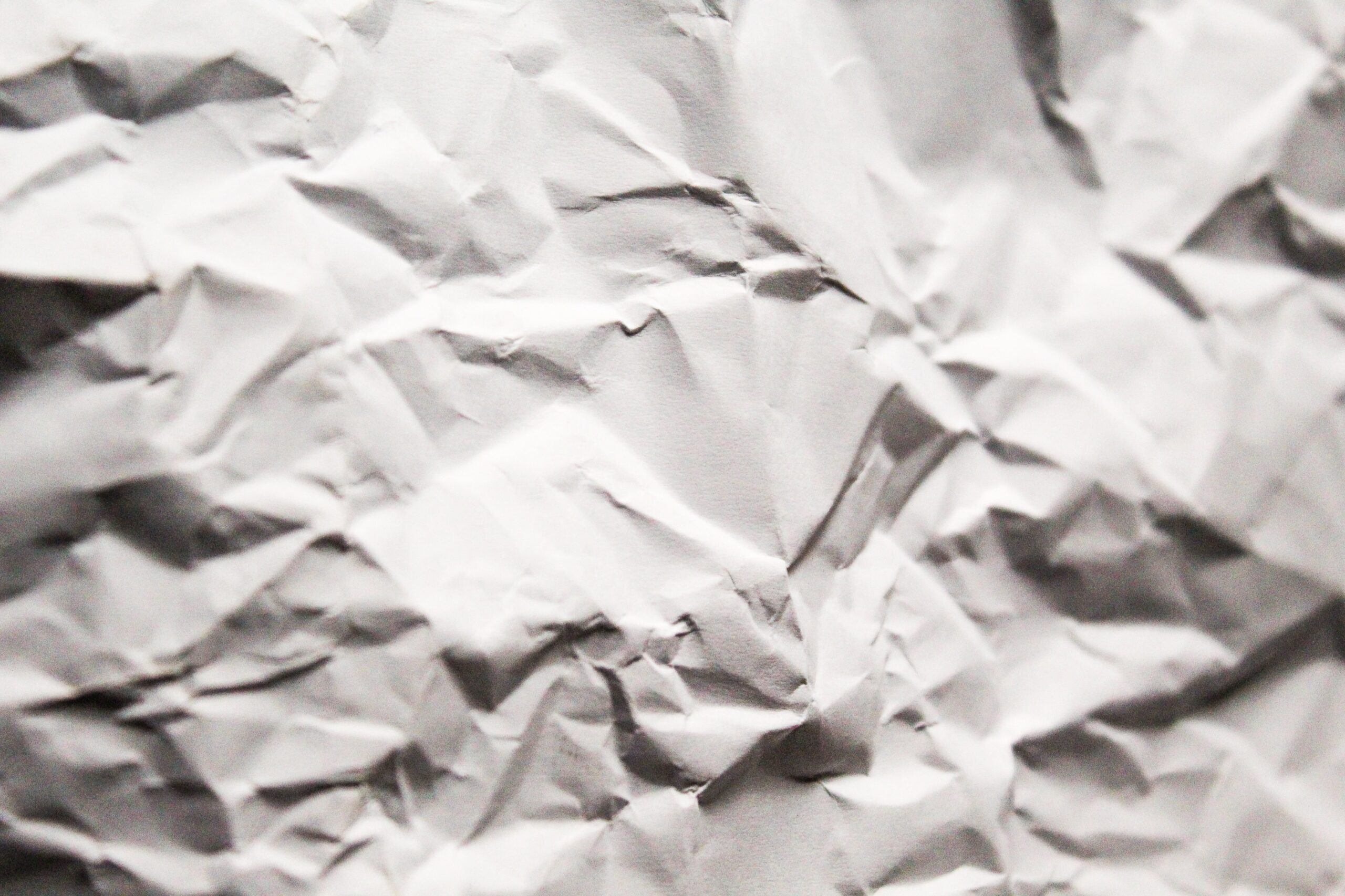
Why Barrier Coated Paper is the Future of Food and Beverage Packaging
As consumers, we’re more concerned than ever about the safety and sustainability of the products we buy. And when it comes to food and beverage packaging, we want to know that what we’re consuming is protected from contamination and damage.
That’s where barrier coated paper comes in. This innovative material is revolutionizing the food and beverage industry, providing a safe and sustainable way to package and transport our favorite products.
The problem with traditional food and beverage packaging
Traditional food and beverage packaging materials such as plastic and aluminum have been around for decades. However, they come with significant drawbacks. For example, plastic packaging is not environmentally friendly, as it takes hundreds of years to decompose.
Additionally, plastic packaging can release harmful chemicals into the environment, affecting our health and natural resources. On the other hand, aluminum packaging is susceptible to corrosion and can easily be dented, compromising the safety and quality of the packaged product.
How barrier coated paper solves these problems
Barrier coated paper is a specially treated material that provides a barrier against moisture, grease, and other contaminants, keeping food and beverage products fresh and safe for consumption. The coating is typically a thin layer of plastic or wax that is applied to the paper to create a barrier.
This coating ensures that the food and beverage product remains fresh and safe for a longer period, reducing the risk of spoilage, damage, and contamination.
Barrier coated paper’s advantages over other packaging materials
In addition to the benefits mentioned above, barrier coated paper has several other advantages over traditional packaging materials. For example, it is lightweight, making it easier and more cost-effective to transport. It is also easy to print on, allowing for creative and eye-catching designs that can help to attract customers. Furthermore, barrier coated paper is biodegradable, making it an environmentally friendly option.
Environmental benefits of barrier coated paper
Barrier coated paper is an eco-friendly option that has minimal impact on the environment. Unlike plastic packaging, it is biodegradable and decomposes quickly, reducing the amount of waste that ends up in landfills. Additionally, the manufacturing process of barrier coated paper requires fewer natural resources and produces less pollution than traditional packaging materials, making it a sustainable option for businesses looking to reduce their carbon footprint.
Case studies of successful barrier coated paper packaging
Several businesses have successfully implemented barrier coated paper packaging for their products. For example, a coffee company in the United States switched from plastic to barrier coated paper packaging, reducing its carbon footprint by 67%.
The packaging also helped to keep the coffee fresh for a longer period, reducing waste and spoilage. Another company, a snack food manufacturer in Europe, used barrier coated paper packaging to improve the shelf life of its products, resulting in increased sales and reduced waste.
How to use barrier coated paper in your food and beverage business
If you’re a food or beverage business looking to switch to barrier coated paper packaging, there are several things to consider. Firstly, you need to ensure that the packaging is suitable for your product. Different products require different types of packaging, so it’s essential to choose the right one.
Secondly, you need to find a reliable supplier who can provide high-quality barrier coated paper packaging at a competitive price. Finally, you need to ensure that the packaging complies with all relevant regulations and standards.
Related Topic : From Production to Consumption: Navigating the Regulations and Standards of Using Wax Coated Food Grade Paper in the Food Industry
Future developments in barrier coated paper technology
As technology continues to evolve, so too does the barrier coated paper packaging industry. Researchers are currently exploring new ways to improve the barrier properties of the coating, making it even more effective at protecting food and beverage products.
Additionally, there is a growing interest in developing new, sustainable coatings that can replace petroleum-based plastics, further reducing the environmental impact of packaging.
Frequently asked questions about barrier-coated paper
Q: Is barrier coated paper more expensive than traditional packaging materials?
A: Barrier coated paper is generally more expensive than traditional packaging materials. However, the cost difference is offset by the reduced spoilage and waste that result from the improved protection of the packaged product.
Q: Can barrier coated paper be recycled?
A: Yes, barrier coated paper can be recycled. However, it is important to ensure that the coating is compatible with the recycling process used in your area.
Q: What types of products can be packaged using barrier coated paper?
A: Barrier coated paper can be used to package a wide variety of food and beverage products, including coffee, tea, snacks, and frozen foods.
Conclusion: Why barrier coated paper is the future of sustainable packaging
Barrier coated paper is an innovative packaging material that is revolutionizing the food and beverage industry. Its ability to protect products from moisture, grease, and other contaminants makes it an ideal choice for businesses looking to reduce waste and improve product safety.
Additionally, its eco-friendly properties make it a sustainable option for businesses looking to reduce their carbon footprint. As technology continues to evolve, we can expect to see even more exciting developments in the barrier coated paper packaging industry in the years to come.
Administrator
Navbharat Industries
